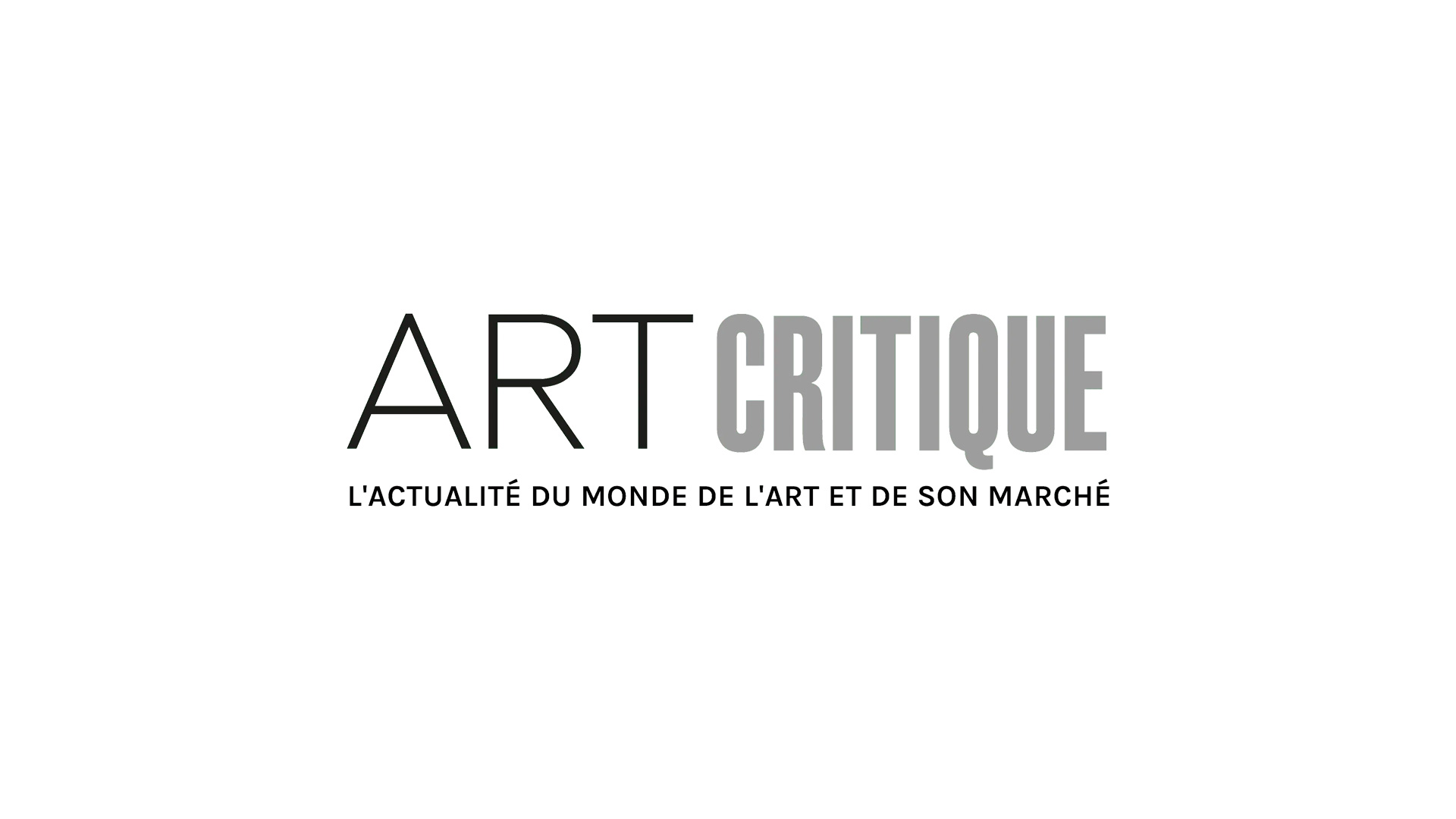Art has always responded to the world around it. At any given moment in history, artists have reacted to their environment, the good, the bad, and the ugly. This holds true today as artists explore the nuances of technology and the effects it has on society on a large-scale and intimate levels.
HeK (House of Electronic Arts Basel), a Switzerland-based interdisciplinary art institute, actively works to explore such issues with emphasis on the interplay of technology and our world by working with contemporary artists. Their upcoming exhibition, ‘Entangled Realities: Living with Artificial Intelligence’, is no exception.

‘Entangled Realities’ will feature an international group of artists grappling with questions of our role in the interconnectedness of reality and artificial intelligence (AI) and how this relationship and the network it extends from evolve. ‘The featured artwork will show how algorithmic networks “see” the world but also create the world, giving us an insight into machine learning, based on neural networks, while also deepening our understanding of non-human cognition and subjectivity,’ says the HeK’s press release for the show. The dialogue between human life and AI is brought the forefront, not to ask viewers to answer questions provoked by the exhibition, but simply to consider where we stand in relation to the positive, and sometimes negative, affects AI on everyday life. It is no longer a question of ‘if’ these ‘interwoven realities’ will happen but how they will impact the world and the future.
‘The impact of AI in relation to human life is addressed in different ways by the artists of the show,’ co-curator Sabine Himmelsbach tells Art Critique. ‘Some of them are looking deeply into the training sets and how these intelligent systems are learning and how we as humans are helping them to learn (already an “entangled” situation) by providing and categorizing these data sets. Others are focusing on the different ways of seeing of these intelligent systems – machine vision, which is totally different from human cognition. Artists address how these new ways of seeing will have a fundamental impact and influence on our world, when we let autonomous cars take care of our mobility for example.’

For Ursula Damm, a German artist whose work will be featured in the exhibition, our interaction with technology asks two deeper questions: ‘[I]f this (traditional, emphatic) artistic approach is something we can locate within our techno-culture? Or has technology and its clearly defined goals overtaken control – defining our everyday culture?’ Her work MEMBRANE (2019) tweaks the TGAN algorithm to manipulate real time video. The results comment on the relationship between technology and the history of art. MEMBRANE ‘helps us to stay in a mood prior to rating, judgement and categorization,’ says Damm. ‘It holds us back for a moment from premature determinations (as if we would know already everything that surrounds us) and gives space for contemplation.’
Curated by Himmelsbach and Boris Magrini, the exhibition will run from May 9th through August 11th. The exhibition will run alongside Art Basel (June 13th-16th) and, in addition to Damm, features artists including: Zach Blas and Jemima Wyman (US), James Bridle (GB), Dries Depoorter (BE), Anna Dumitriu and Alex May (GB), fabric | ch (CH), Holly Herndon and Mat Dryhurst (US/GB), Mario Klingemann (DE), Lauren McCarthy (US), Trevor Paglen (US), Anna Ridler and David Pfau (GB), Sebastian Schmieg (DE), Jenna Sutela (FI).
Select works:

















